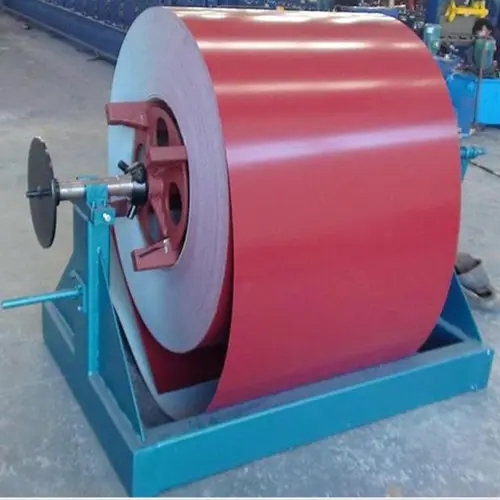
The Evolution of Solar Panel Making Machines
In an era increasingly dominated by the need for sustainable energy solutions, the production of solar panels has become more crucial than ever. At the heart of this burgeoning industry is the solar panel making machine, a marvel of engineering that has undergone significant advancements over the years. This article explores the journey of these machines, their technological advancements, and their role in the global transition to renewable energy.
Historical Background
The inception of solar panels can be traced back to the mid-20th century, but it wasn’t until the energy crises of the 1970s that serious attention turned towards their practical application. The manufacturing processes at that time were primitive and involved substantial manual labor. With the rapidly growing demand for renewable energy sources, manufacturers began to recognize the need for efficient and automated machinery to produce solar panels at scale.
Technological Advancements
Modern solar panel making machines are the result of decades of technological evolution
. Today’s machines utilize advanced robotics and computer-aided techniques to significantly enhance production efficiency and quality. Automated systems are now responsible for processes that were once labor-intensive, including1. Silicon Wafer Production The journey of solar panel manufacturing begins with silicon, one of the most abundant elements on Earth. Machines designed for cutting and slicing silicon ingots into wafers have become highly precise. This not only minimizes waste but also ensures that the wafers are uniform in thickness, which is vital for optimal solar cell performance.
2. Cell Production After wafers are created, they undergo a process known as doping, where phosphorus or boron is introduced to create a p-n junction, essential for solar energy conversion. Advanced doping machines ensure consistency in the doping process, which directly influences the efficiency of the cells.
3. Module Assembly The assembly of solar panels involves the encapsulation of solar cells within protective materials. Modern laminating machines dramatically reduce the production time while ensuring comprehensive sealing and durability against environmental factors. The precision of these machines contributes to the long lifespan of solar panels while maintaining high energy output.

4. Quality Assurance High-tech inspection machines are employed throughout the manufacturing process to ensure every panel meets regulatory and quality standards. Automated systems equipped with advanced imaging technology can detect defects in cells and modules at various stages of production, enhancing overall product reliability.
The Role in Sustainability
As the global community grapples with the impacts of climate change, the role of solar panel making machines has become increasingly pivotal. Their ability to produce solar panels efficiently and at a reduced cost directly contributes to the wider adoption of solar energy. In many parts of the world, innovative policies and incentives have sprung up, encouraging solar adoption.
This transition not only provides consumers with cleaner energy options but also creates jobs in manufacturing, installation, and maintenance. As the demand for renewable energy sources continues to rise, the ongoing development of solar panel manufacturing technologies will likely play a critical role in satisfying this demand.
Future Prospects
Looking ahead, the future of solar panel making machines appears promising. Continuous investments in research and development are expected to yield machines that are even more efficient and environmentally friendly. Innovations such as AI and machine learning could further streamline manufacturing processes, allowing for real-time monitoring and optimization.
Moreover, the development of new materials, such as perovskite cells, promises to revolutionize solar panel efficiency and manufacturing techniques. These advancements could significantly lower costs while increasing energy output, making solar energy more accessible to a broader audience.
Conclusion
In conclusion, solar panel making machines represent not just a segment of manufacturing, but a fundamental component in the quest for a sustainable energy future. As technology continues to evolve, these machines will be instrumental in meeting global energy demands while simultaneously addressing the pressing challenge of climate change, ensuring a cleaner and greener planet for future generations.